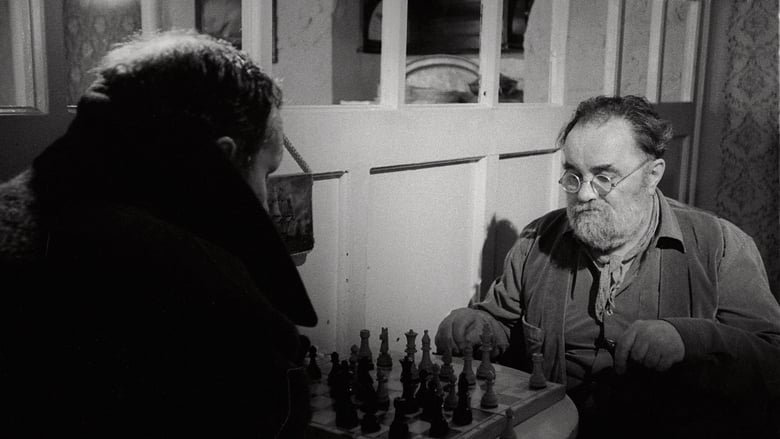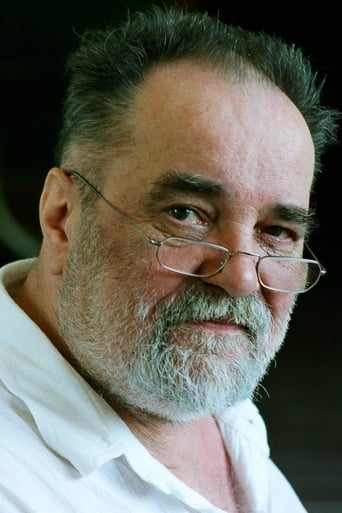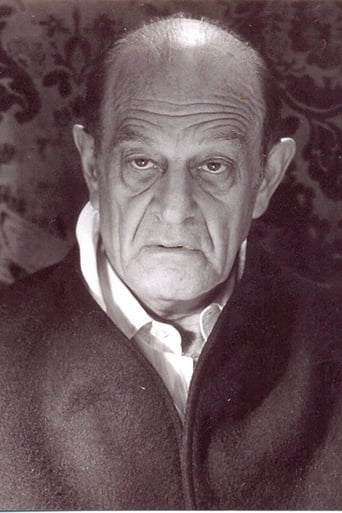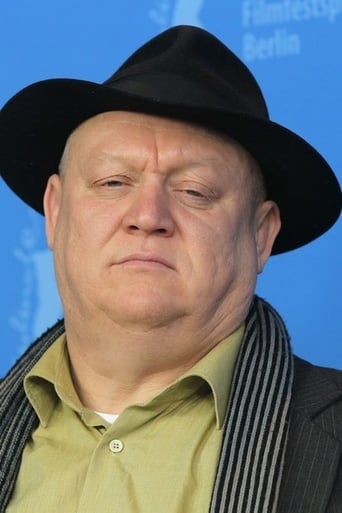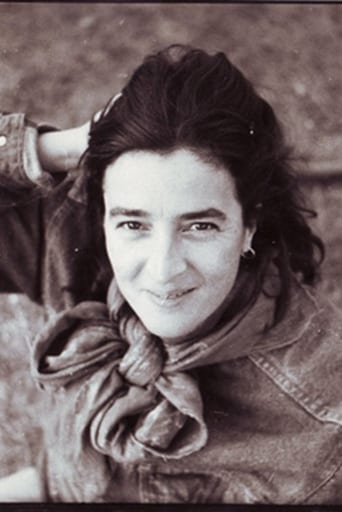
The Man from London
May. 23,2007A switchman at a seaside railway witnesses a murder but does not report it after he finds a suitcase full of money at the scene of the crime.
Similar titles
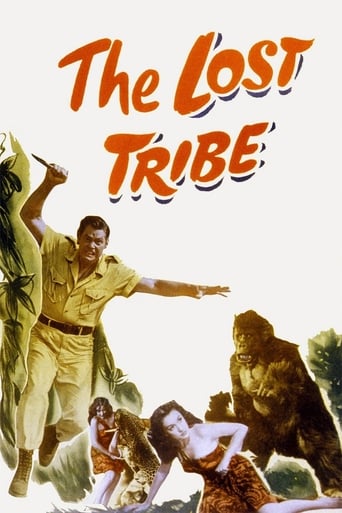
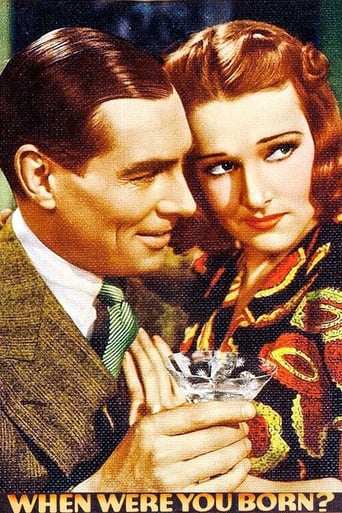

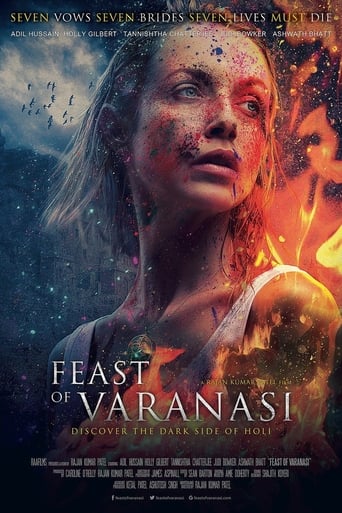
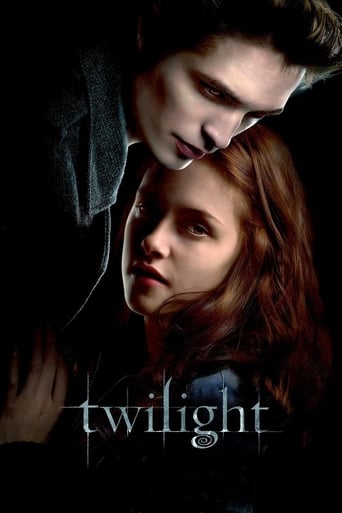


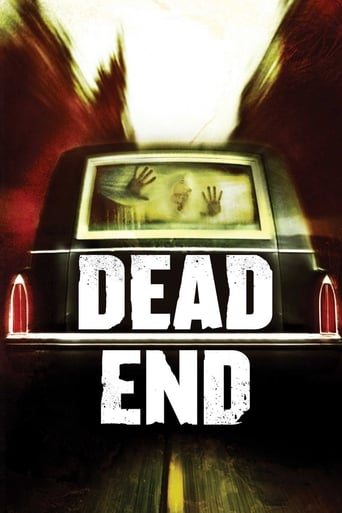
You May Also Like
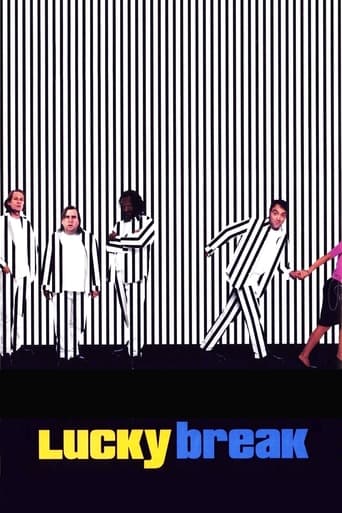

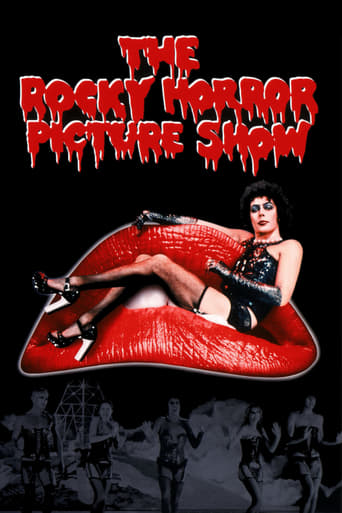
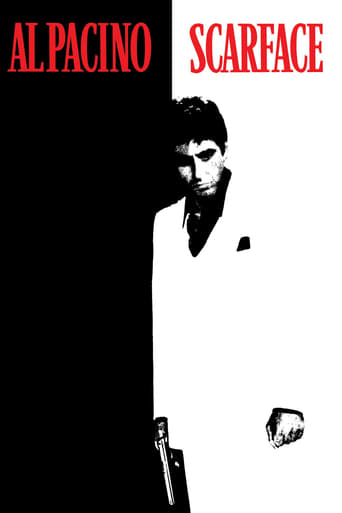
Reviews
Pretty Good
I don't have all the words right now but this film is a work of art.
Admirable film.
This movie was so-so. It had it's moments, but wasn't the greatest.
...others find fascinating and beautiful. Yes, it's a Béla Tarr film, and as such, it will contain extremely long shots and a ponderous, deliberate storyline. If that's not your cup of tea, then why bother? Buy a ticket to the next Mission Impossible or Bourne Identity.This film is Tarr's homage to the film noirs of old. Shot in shadowy, low-key black and white, the story concerns a murder, a recovered briefcase full of money, and a slow descent into despondence and guilt. Miroslav Krobot is wonderfully morose as Maloin, the dock worker who witnesses the murder and retrieves the money, and Tilda Swinton is superb as usual as his high-strung wife, but the real star of the film is the cinematography.Again, like of all of Tarr's work, this is a stylized, demanding film. The first shot lasted nearly 15 minutes, but within that one shot, we bear witness, along with Maloin, to events that drive the narrative of the film. It's as if, perched high in his railway tower, he's seated alongside us in a theater box, watching a deadly play. For a filmmaker to place so much significance in its visual aesthetics, the camera work has to be expert, and cinematographer Fred Kelemen proves up to the task, painting everything in a brooding chiaroscuro. It truly is a mesmerising, strangely compelling, even somewhat alienating piece of work, and a treat for the viewer who can afford it the patience.
The night is quiet, shapes of faint, lifeless forms in the grim perimeters about, the streets lie black and steaming in these alien reaches of a city of curious architecture, much like yours perhaps. This is a world lying in wait, beset by a thing unknown. When it finally comes it's the hull of a ship, a long vertical shot tracking across a vessel that looks like a bleached bone of a whale washed out on shore. The camera moves three times back and forth on its tracks, as though some kind of ritual must be performed for this to begin.There's not much plot or story to speak of. A suitcase full of money. A crime committed. Smalltime crooks and an ordinary man in the wrong place the wrong time. The banality of a plot so unmistakeably familiar contrasted with intimate moments, people living some kind of life. Small bursts of life woven into a genre framework so frail and transparent as though to be nonexistent, a form of dramatic percussion to the wandering and the aimlessness. Staccato rhythms throughout the movie abet this, the passage of time. The thumps of a ball on a wall, sounds of billiard from an adjucent room, the slashes of a meat-cleaver, rhythms to which existence can dissipate.Transfixing and hypnotic, this is the visual equivalent to the albums of drone artists Sunn0))) and their 14 minute monotonous drones. Mostly aural, Tarr's camera ferries us back and forth in these godless corridors, where our only bearing is time.It doesn't come from anywhere nor goes, it's rather a mantra, whereby repeating it we can concentrate on the texture of the sound itself. And how it reverberates.
I watched this film in the Hong Kong International Film Festival where director Bela Tarr, in a brief appearance to an audience of close to 1,000 before the film started, graciously thanked them for coming to watch "a tragedy in black and white" while there are so many vying choices to spend the evening. He then pleaded with the audience (indeed he used the word "beg") to, while watching the film, think of the people therein not just as characters in a film but as real people who well deserve our sympathy despite their shortcomings. It's not for me to second guess the master auteur, but I just thought that because some of his admirers focus so much on his inimitable style and awe-inspiring technique, perhaps he wished to remind them that there is certainly a lot more to his work.I confess that I have only watched one of the master's films, "Panelkapcsolat" (Prefab people) (1982), one of his earliest work and the first one in which he used professional actors. Depicting the strife and frustration of a working-class family, that film was a harsh reminder of how unpleasant life could be, whether by destiny or by choice. After his widely acclaimed "Werckmeister harmoniak" (2000), his loyal followers had to wait seven years for another full-length feature, "The man from London", which was received with mixed feelings. Some view the noir crime story as a welcomed attempt to be more accessible to the general audience. Others do not like the master's departure from his social and spiritual (not in a religious sense) agenda.But first of all, the stunning visual is probably still the dominating aspect of this film. Coincidentally, I've very recently watched, belatedly, Akira Kurosawa's "Kagemusha" (1980) and posted an IMDb comment with a summary line "Does Kurosawa really need colour". I am certainly happy that Bela Tarr didn't. The mood created with the marriage of black and white and long shots is absolutely unique, which nobody else can offer. The torturously (or delightfully, depending on the viewer's perspective) long (12 minutes) opening shot from railroad worker Maloin's POV from his monitoring tower will be the talk among Tarr admirers for a long time to come. My particular favourite however is the shot of the protagonist's walk to a store to take his daughter home from an exploitative employer. This one is only a few minutes SHORT, but the camera angle is as close to magical as anything you can find on a movie screen. And one must always remember that there is no editing or cutting in these long shots throughout the film. Come to think of it, the film does not require editing a good way to cap the budget? As mentioned, "The man from London" has a plot, a simple one. In the opening sequence mentioned above, we see how Maloin (mostly through his own POV) witnesses a murder and fishes out a briefcase with sixty thousand pounds. The story then develops along two lines: investigation by an inspection from London and Maloin's internal struggle and family problem (Maloin's wife is played by Tilda Swinton, whose appearance unfortunately is close to being cameo). There are other supporting characters, including the murderer and his wife.Heeding the director's opening remarks, I did pay attention to the characters. One review I subsequently gleaned, talking about the protagonist's misguided greed, compares him to the character played by Billy Bob Thornton in the Coen Brothers' "The man who wasn't there" (2001). But despite my conscious effort to relate to the characters, I found myself mesmerized by the auteur's style and technique above all.
The storyline is taken from a Georges Simenon novel, L'Homme de Londres (1934). In an interview in 2001, Béla Tarr avowed: "I believe that you keep making the same film throughout your whole life." His most recent work upholds this declaration, placing itself squarely in line with his previous feature-length films, especially Damnation (1988), Sátántangó (Satan's Tango) (1994) et Werckmeister Harmonies (2000). These four films share identical layouts of the credits, black-and-white film, minimalist dialogues, long scenes, and stories that are more suggestive than narrative in nature. Most of Tarr's actors are not professionals and several appear in different films, notably Erika Bók who is Estike in Sátántangó and Henriette in The Man from London. As for the handful of foreign actors, they are dubbed into Hungarian.If it was amusing to see Gyula Pauer play the innkeeper in two films, his third appearance in The Man from London indicates that the choice is deliberate. Same with the role of Henriette (Maloin's daughter), assigned to Erika Bók, who appeared as Estike (the child with the cat) in Sátántangó. In all of Tarr's stories, the innkeeper appears as one, single person. This is also true of Estike and Henriette who share a common destiny as child-victims. And yet Tarr only winks at us across the characters of different films; the most ordinary actions are equally allusions throughout all his works creating a universe of apparently insignificant habits. Maloin drinks in accordance with the same ritual as the neighbor-informer of Sátántangó. And when he throws a log on his fire, the stove in the first image of Werckmeister Harmonies springs to mind. So many habits in which the insignificant becomes significant because the images and the characters of Tarr's ceaselessly question one another: their existence is a succession of futile, routine gestures whose repetition bears witness to their vanity. Habits are simultaneously both their prison and their lifeline in the labyrinth of existence, giving them something to hold onto while, at the same time, preventing them from escaping their condition. True, the protagonists seek to purify their existence (Valuska), to change their destiny (Karrer, Irimiás, Maloin), to reverse the course of History (Eszter and his theories of sound). But they are inevitably reeled back in and crushed.Though the decor and the ambiance are consistent with classic film noir, the unraveling of the plot is so exact that two viewings are necessary in order to begin to understand. But, at the base of things, the story doesn't really matter. What Tarr shows us is less a criminal entanglement than the poles between which the characters oscillate. First there is the black and the white, admirably opposed in the first scene where half of the ship's body is illuminated. The screen is black at the beginning of the film; it is white at the end. The music is also bipolar. From the first notes of a long arpeggio, we believe we hear an organ, then realize it is the sirens of ships. In Homer's Odyssey, the song of the Sirens, inaccessible feminine creatures, threw the sailors off-course so that their ships ran aground on the reefs. Here, the song of the sirens is like a requiem. This dirge contrasts with the accordion ritornello, reminiscent of the inns in Sátántangó and Damnation. With Tarr, bistros are always places of escape where one re-creates the world, gets drunk, and devises the most absurd projects. The melody, acting as a setting for these hallucinations, allows death to be forgotten, but which the arpeggio obstinately calls back to mind. Its minor key and its infinite nostalgia only make it less able to elude destiny.Where does The Man from London fit into Tarr's works? In the first scene a shot twelve minutes in length the lens surveys and captures the entire space in a way unknown to the tracking in Tarr's other works, and shows, by its fluidity and freedom, at what point the characters are prisoners of their own gravitation. The camera seems to have wings so it may better watch the men and love them, without ever judging them. In this way, it is sister to Damiel and Cassiel, the two angels of Wings of Desire (Wim Wenders, 1987). Like them, Tarr's camera leisurely insinuates itself, beyond concepts of time, and penetrates the heart of beings, ready to capture each of their convulsions in a world where the only certainty is death, humanity's habit par excellence. Looking at the earlier films, several of the characters in The Man from London bring an unexpected contrast. Such as the Inspector Molisson, who seems above the law and alone brings justice. No other film of Tarr's has a main character so tenuously attached to the human condition. His behavior with Maloin and Mrs. Brown is Christ-like, in a manner of speaking. He consoles; he cleanses sins; he tries to console. In comparison, Mrs. Brown seems like Anna Schmid, Harry Lime's mistress in The Third Man (Carol Reed, 1949). Both women were used to entrap the man they loved. Both women, in the last images of the films, refuse compensation and disappear, dignity intact. In the end, Maloin, marred by sudden wealth, seeks redemption by turning himself in. He isn't sure if Molisson's pardon will allow him to find peace once again. The glass harp that punctuates the siren arpeggio as Molisson re-enacts the toss of the suitcase greets only Molisson's discovery of the truth. The final notes of the film, still played on the glass harp, mark the end of the inspector's work and the end of the riddle. Life continues for Maloin and Mrs. Brown with both their doubts and failures. But what makes The Man from London a new development in the works of Béla Tarr is the fact that this film brings together so perfectly cinematography, music, and plot line, creating a complete and emotional spectacle about the human condition.(Thanks to Jessica Alexander for the English translation!)
Top Streaming Movies











